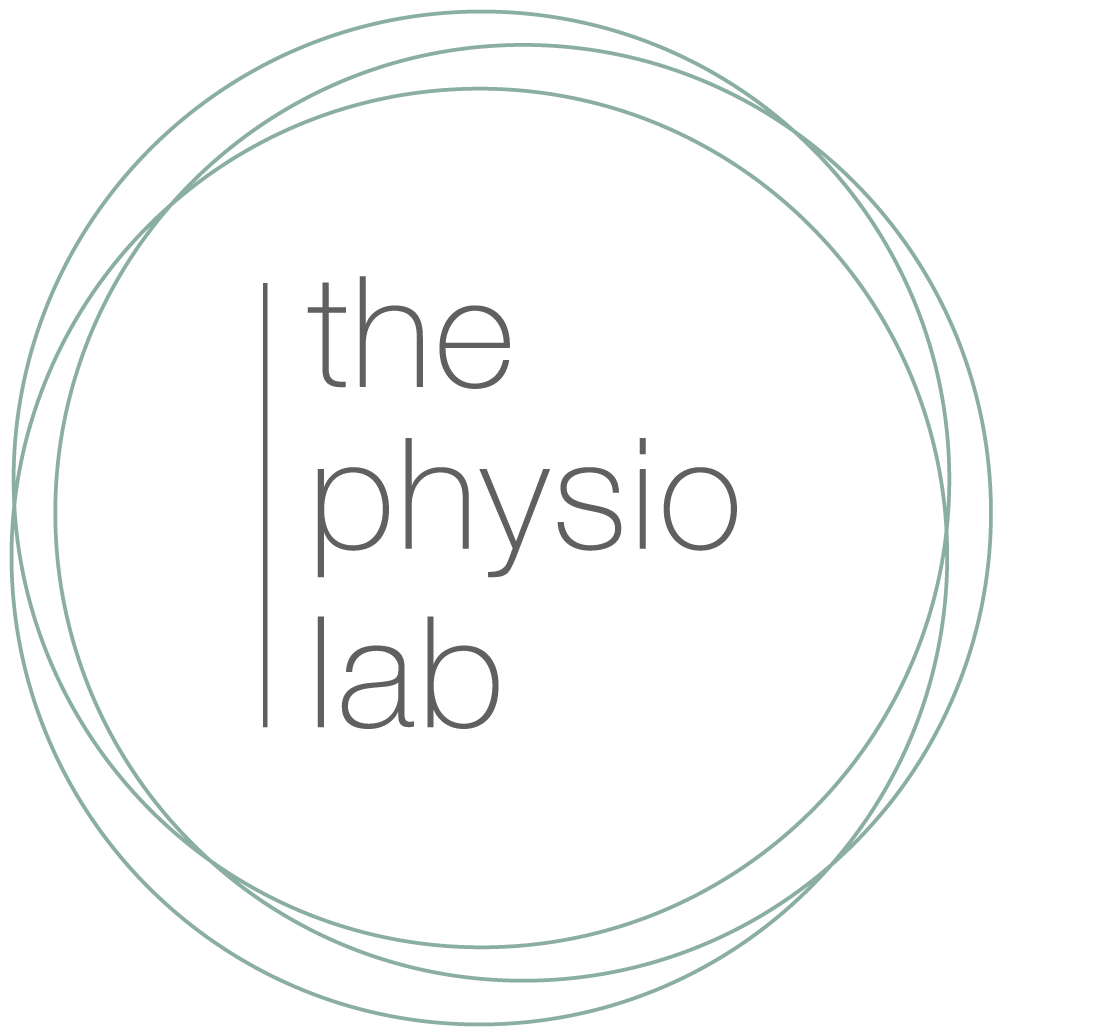So often we go to the gym or an exercise class and hear the words “turn on your core”. How many of us actually know what these words mean and how effective are we really being at using the muscles that stabilise our spine when we move?
Unfortunately the term ‘core’ has become generic for anything abdominal. Just because we are doing regular abdominal strengthening exercises, does not mean we have an effective core. In fact, certain stomach strengthening exercises can do more harm than good, especially in people with lower back pain, neck pain and postpartum mums with a split in their abdominal wall.
The abdominal wall consists of four separate layers of muscles. Although all four layers have a role in spinal stability, the deepest layer is the most important when it comes to safety of the spine. This deep layer is a thin, endurance type muscle called the Transverse Abdominus. It is often the problematic muscle when we talk about the core. An effective contraction of this muscle co-ordinates with the pelvic floor muscles, diaphragm muscle and breathing to pre-tension the fascial system around the spine to keep the spinal segments safe when we move.
Accurate activation and correct timing of this deep layer are very important. The core needs to be on before we load the spine. There are many reasons the timing of the deep layer is inhibited. Pain is the most common reason, but fear of movement and asymmetries in the abdominal wall that are caused by dysfunctional movement patterns in other parts of the body can also inhibit the core. All of our abdominal muscle attach to the thorax, so twists in this part of the body can have a huge effect on our abdominal function
We can see the layers of the abdominal wall with real-time ultrasound (RTUS) (click here for further information about RTUS). Being able to visualise them contracting on the screen, can help you learn and understand what you are really meant to be doing and how to co-ordinate this contraction with your breathing and your pelvic floor.
An effective core is important for spine health in every day function, but it is even more important during exercise and especially with heavy lifting in the gym. Men can also get an abdominal separation when they use an incorrect bracing strategy with heavy weight lifting. Heavy lifting in the female body with incorrect abdominal patterning is more likely to injure the pelvic floor.
You are welcome to make an appointment with us to have your core contraction assessed - you will be surprised how simple it is.

